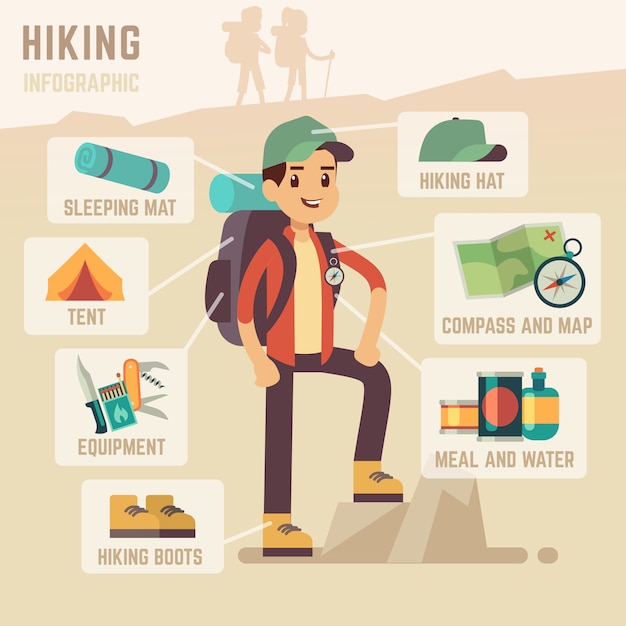How To Create A Operation By Selling Camping Tents Online
How To Create A Operation By Selling Camping Tents Online
Blog Article
Exactly How to Effectively Establish Your Outdoor Tents Prior To Camping
Setting up your camping tent can be a complicated task for even seasoned campers. This overview will cover the fundamentals of pitching a camping tent properly and safely so you can appreciate your camping trip without anxiety or fear.
How much does a 5m Bell Tent weight?
Begin by laying out your tent's impact and ground sheet to secure your tent flooring from rocks, sticks, dust, and other debris. Next off, construct the tent poles and fasten them to the corners of the outdoor tents body utilizing the ideal sleeve or hook.
Picking the Right Site
When you are exhausted after a long day walking, you intend to pitch your outdoor tents and get ready to sleep. Yet you need to initially stroll around the site to ensure it is safe for camping. Look down and up to discover whether any type of trees have big dead branches that might fall on your camping tent. These are in some cases called widowmakers and you don't desire them to go down on you while you're resting.
Also make sure to avoid low spots that could flood during a storm and to camp away from pet tracks, nests and environments where ticks and chiggers are more than likely to grow. Search for a level, rock-free place that allows enough for your camping tent and any other gear you'll be bringing.
Some people like to set their outdoors tents up so the head end is sharp towards the eastern to catch the sun's warming rays first thing in the morning. This isn't always necessary, but it is a nice touch that can help wake you up.
Pitching Tips
It may appear noticeable, yet appropriate tent pitching is among one of the most important factors in a good night's rest. Having a practice run in the house will help you acquaint on your own with your camping tent, find all the pole sleeves and fasteners, and see to it whatever remains in location. It's additionally a great time to practice using guylines for security and to discover any kind of busted items.
When you arrive at your camping site, check out the surface to see if it's suitable for your tent. A great rule of thumb is to pitch the outdoor tents on a level, degree area with a mild downhill angle. This will certainly permit rainfall to recede from the camping tent instead of merging before it.
If you can't locate a degree area, think about placing a tarp or other groundsheet under your camping tent impact to secure it from wetness. This can additionally aid keep dirt out of the outdoor tents.
Utilizing Guylines Properly
Making use of individual lines effectively is vital to seeing to it your tent or hammock stays safe in high winds and various other poor weather conditions. An individual line is a rope or cord that connects to the ground with loopholes and D-rings in the framework, tarpaulin, or rainfly.
Start by securing one end of the line to a guyout loophole on your camping tent or rain fly, or to the post it's affixed to. Then loophole the other end of the line over a stake placed well away from the structure and tighten it.
Keeping your sanctuary's person lines taut will avoid sagging or sagging during gusty problems, stopping dampness from permeating right into the outdoor tents or damages to the framework and enhancing convenience and safety during camping. Constantly check the stress of your individual lines during and after adverse climate condition to ensure they remain protected. On top of that, consider packing an individual line tensioner to quickly adjust and keep the appropriate amount of tension in your lines.
Removing the Tent
When working out right into your campsite, discover an area with a level area and clear it of rocks and debris. Also, make certain to lay down an outdoor house tents tents impact or tarp a little smaller sized than your tent body to avoid water merging. This aids keep your tent dry from rainfall or condensation and can be specifically practical in windy locations.
Analyze your gear, including the camping tent things sacks to ensure absolutely nothing is missing. Examine that the poles suit their clips and replenish first-aid things if needed.
When it's time to pitch your camping tent, start by orienting the doors downwind, and stake down each corner of the camping tent. If the ground hangs or sandy, take into consideration spreading a tarp under your outdoor tents to shield it from wind and lower the chance of your outdoor tents toppling. Additionally, be sure to make use of guylines successfully to tie down your rainfly and keep it tight. A well-pitched camping tent can avoid leaking, condensation, and sunlight damage.
Why does my tent get wet inside?
